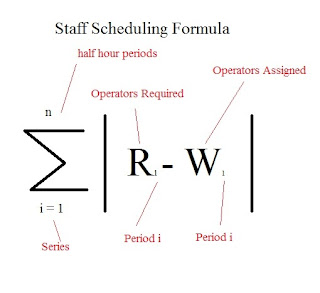Organizations seek to raise their customer service preferences but may ignore more fundamental adjustments in the manufacturing processes which raises and creates higher levels of product development. It is often these systematic changes which can transform quality products into superb products that improve upon quality, design, functionality, utility and eventually long-term customer satisfaction.
Customers have needs and demands that make their way into their perceptions of the business and the product. A positive perception of quality is important for meeting these customer expectations Stojkovic & Djordjevic (2010). Where Americans may have difficulty competing on price due to international competition, they can still enhance quality and service to retain value.It is difficult to compete on price as a sole factor when labor costs and currency make product manufacturing much cheaper in China and Asia. Even with such difficult to match price points Americans can still provide a higher-level product with updating features and strong service performance. Yet before this can occur operations should be aligned along key competitive strategies.
To use service enhancements for additive value it is important to understand what types of service customers are seeking. These include time, timelines, completeness, courtesy, consistency, accessibility, and convenience, accuracy and responsiveness (Nazzal, 2006). Such surface enhancements do not necessarily address the satisfaction that is inherent within the product itself.
Once an organization has defined their customer’s needs they should begin to align their operations to meet those standards at a more fundamental level. This alignment creates systematic adjustments to ensure higher caliber of products. According to Radovic, et. al. (2009) there is nine steps to improving processes to create greater customer service:
1.) Develop mission and vision statements.
2.) Indentifying service inputs for process identification.
3.) Define the company’s goals and objectives.
4.) Determine service quality determinants.
5.) Identify processes currently being used.
6.) Understand the critical processes and select those that fulfill goals.
7.) Define the process performance indicators.
8.) Review and re-engineer processes.
9.) Manage processes for continuous improvement.
Alignment of operations to customer preferences is often a detailed and painstaking process of continuous improvement. Through the development of strong operational adjustments the end products specifications are more closely aligned to customer needs. Often we view service as only customer service but this does not take into consider the service adjustments that can be applied systematically and create compounded benefits in product design, quality, and output. Understand what your customers want and align your operations accordingly.
Nazzal M. (2006). The Palestinian Health Care System ata critical and crucial point (The Two-Edged Sword. How does it foster life and death simultaneously. Retrieved May 22nd, 2013 from http://www.ahewar.org/eng/show.art.asp?aid=104
Radovic, M., Tomasevic, I., Stojanovic, D., Simeunovic,B.. (2009). An excellence role model:Designing a new business system one process at a time. Industrial engineer. 41, (8)
StojkovicD., Djordjevic D. (2010) Important aspects of customer relationship management conceptin banking quality. Journal TTEM-technics, technologies, education, management. 5 (4)..



